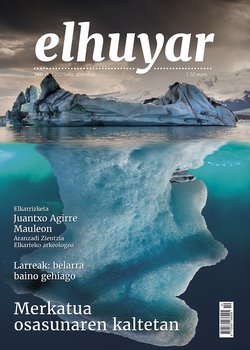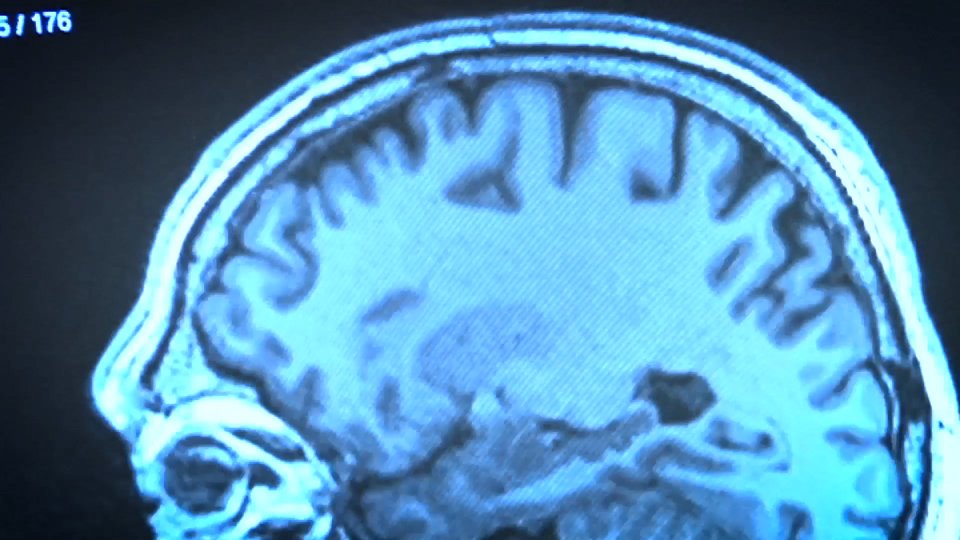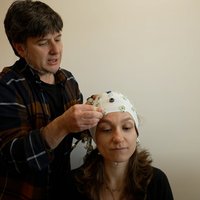Tangram for Psychostimulation; Climate Change and White Bear Reproduction; Volcanic Resurgence; GOCE Satellite Mission
Based on the Chinese game Tangram, they want to create
a technological tool to psychostimulate the elderly. The aim of the project is to stimulate key learning skills through this seven-piece game, as well as to induce appropriate cognitive activity, such as spatial orientation, spatial structuring, eye and movement coordination, attention and visual memory. The E-Tangram project is the result of a collaboration between Bilbomatica, the DeustoTech-Vida team at the University of Deusto, and the company
Servicios Psicogerontológicos for you.
Climate change is directly affecting the decline in the number of offspring of the polar
bear. Scientists at the University of Alberta in Canada explain that as the winter ice age in Hudson Bay decreases, fewer puppies of the polar bear are born. If the ice begins to melt prematurely, the hunting season is reduced, and female polar bears are unable to produce enough fat during their childhood, resulting in the loss of their offspring. Today,
Hudson Bay is home to about 900 polar bears, 300 fewer than in the previous decade, and about 20-25,000 across the Arctic.
A team of researchers from France and the United States has shown that volcanoes that have been dormant for a long time can be revived in
a very short period of time. According to the study, the magma chamber of the sleeping volcano cools down to form a soft and thick mass, but if it receives new magma, it rises in a few months. When the new magma heats up the old magma, it sets the whole mass in motion through the chamber at high speed until it meets the exit. According to the study, the size of the magma chamber is directly related to the speed of the volcano's resurgence, and it would be
possible to calculate the time that will elapse between the first earthquakes and the volcano's explosion. This allows the organization of
new emergency plans in volcanic areas.
ESA’s GOCE satellite has just completed mapping of the Earth’s gravitational field. For two years, the satellite has taken Earth measurements with great precision to draw the surface of the planet’s reference geoid. The geoid is the shape of an imaginary ocean that would cover the entire Earth, and is
a basic reference for accurately measuring ocean circulation, sea level changes, or ice dynamics. The data collected by the GOCE spacecraft will be analyzed by
a team of scientists over a period of three weeks and will generate the final model of the geoid.
Buletina
Bidali zure helbide elektronikoa eta jaso asteroko buletina zure sarrera-ontzian











